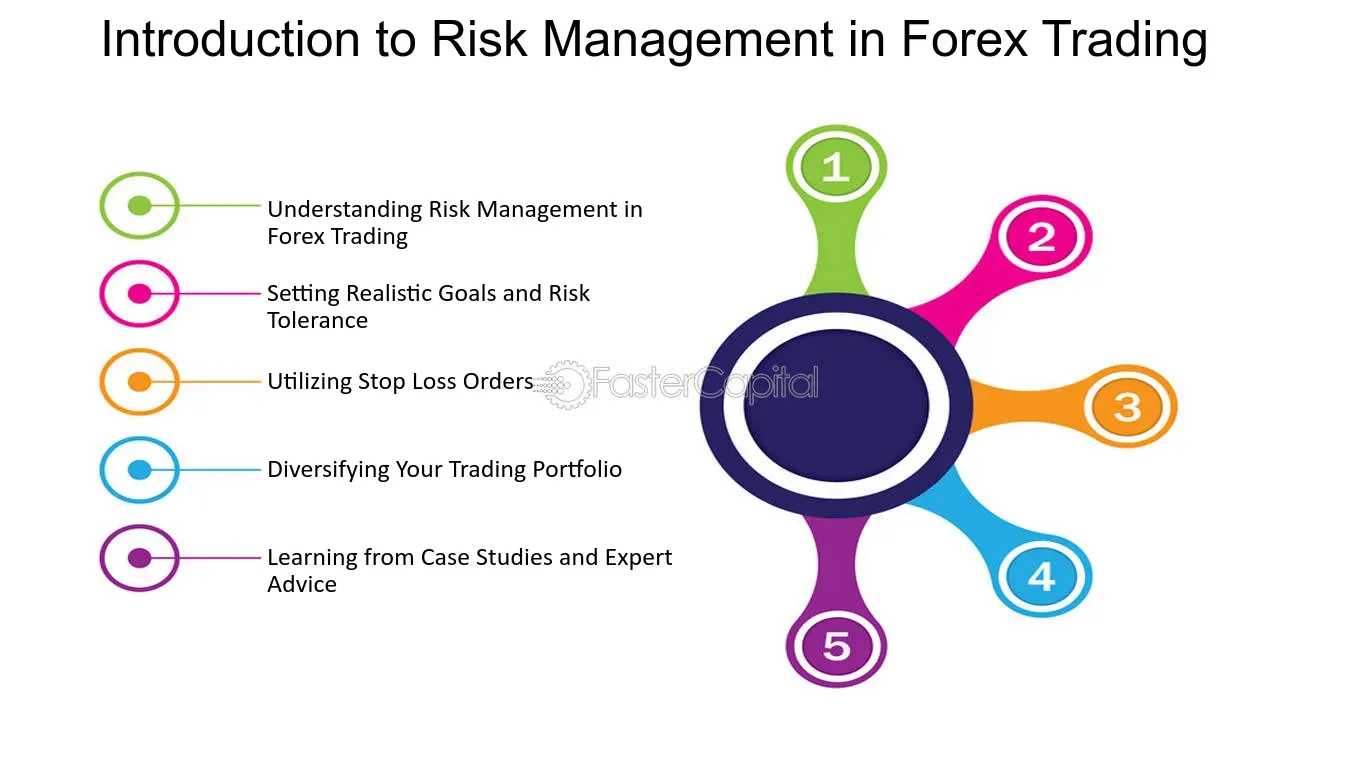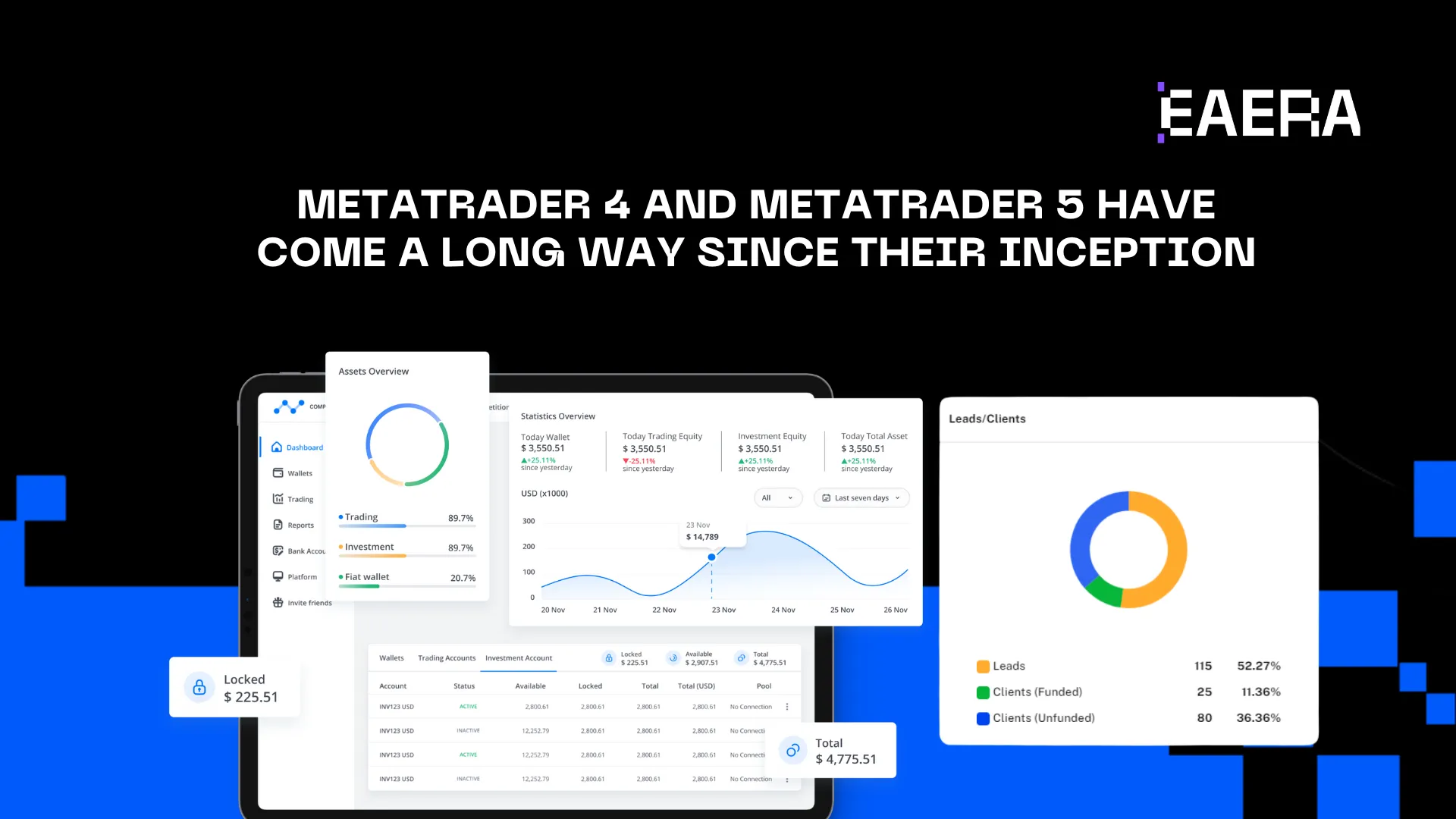How to Manage Risk in Forex Trading: Essential Tips for Beginners
Summary:Risk management is the cornerstone of successful forex trading, especially for beginners exploring the world's largest and most volatile financial markets. According to Investopedia, 90% of retail forex traders lose money due to a lack of risk control.

How to Manage Risk in Forex Trading: Essential Tips for Beginners
Risk management is the cornerstone of successful forex trading, especially for beginners exploring the world's largest and most volatile financial market. According to Investopedia, 90% of retail forex traders lose money due to a lack of risk control ( source ). High leverage, rapid price fluctuations, and the global nature of the forex market make robust risk management more than just a recommendation; it's a necessity.
This guide, brought to you by BrokerHiveX —the definitive source for global forex broker rankings, regulatory information, and expert insights—will equip you with the knowledge and tools you need to effectively manage risk. We'll cover forex risk types, core management strategies, emotional discipline, automation, broker selection, and practical tips. Designed for beginners, it's supported by data, expert advice, and actionable steps.
Understanding Forex Trading Risks: Types and Impacts
What are the risks in foreign exchange trading?
In forex trading, risk refers to the potential loss of funds due to adverse market movements. Risk exists in all trading activities but can be systematically managed and mitigated. The forex market is known for its high volatility and leverage, which can magnify both gains and losses ( Investopedia ). Understanding the nature of these risks is the first step in developing a robust trading strategy.
Common types of foreign exchange risk
Exchange rate risk : Exchange rate fluctuations can cause the value of your position to decline. For example, if you buy EUR/USD and the euro weakens, you will lose money.
Leverage Risk : Leverage allows you to control large positions with a small amount of capital, but it also amplifies losses. A 100:1 leverage ratio means that a 1% adverse trend could wipe out your entire investment ( Investopedia ).
Liquidity risk : In an inactive market, it may be difficult to enter and exit a position at the desired price, resulting in slippage.
Interest rate risk : Changes in central bank policies may trigger sharp currency fluctuations, affecting open positions.
Slippage and Execution Risk : Rapidly fluctuating markets often result in orders being filled at prices worse than expected, especially during news events.
For example:
If you use high leverage, a market move of just 50 pips against the trend could quickly wipe out a small account. Using a stop-loss order, however, can keep losses within a manageable range.
Core Risk Management Principles for Forex Beginners
Assess risk tolerance and capital allocation
Every trader has a unique risk tolerance – the amount they're willing and able to lose. It's crucial to assess this before trading. A common recommendation is the 2% rule : never risk more than 2% of your account balance on a single trade ( Investopedia ).
Calculation example:
Account balance = $5,000, then maximum risk per trade = $100.
Position management: controlling risk exposure
Position size determines how much money is invested in a single transaction, which is a key factor in controlling risk.
Step by step guide:
Determine the amount you want to risk per trade (e.g. $100).
Set a stop loss in pips (e.g. 50 pips).
Calculating pip value: Standard lot (100,000 units), 1 pip = $10.
Position size = single risk / (number of stop-loss points × point value).
Recommended tools:
Use the BrokerHiveX risk calculator to automatically complete calculations and ensure accurate risk control.
Risk-reward ratio setting
The risk-reward ratio measures the potential gain versus the potential loss of a trade. A minimum ratio of 1:2 is recommended, meaning the target gain is at least twice the risk.
Example:
If the stop loss is $100, the take profit should be set at $200 or more. Even if the win rate is only 40%, it is still possible to make a profit ( IG ).
Essential risk management tools and techniques
Stop-Loss Orders: Types and Best Practices
Fixed Stop-Loss : Set a fixed price point to limit losses. Simple but doesn't adjust with volatility.
Trailing stop loss : As the market moves in a favorable direction, it locks in profits while limiting losses. It is suitable for trending markets.
Guaranteed Stop : Ensures your position is closed at a specified price, even during extreme volatility. Additional fees may apply ( IG ).
Best Practices:
Set a stop loss based on technical analysis such as support/resistance or ATR.
Avoid moving your stop loss too far in anticipation of a reversal.
For more reference: BrokerHiveX Broker Review .
Take-profit orders and exit strategies
Setting a take-profit target is just as important as setting a stop-loss. Use limit orders to automatically lock in profits, ensure disciplined exits, and minimize emotional interference.
Psychological and emotional risk management
Fear : Can lead to premature exits or missed opportunities.
Greed : Can lead to overtrading or ignoring stop-loss orders.
Overconfidence : Blindly increasing risks after a winning streak.
Solution:
Create a clear trading plan and stick to it.
Keep a trading journal to record trades, emotions and results to identify areas for improvement ( IG ).
Advanced Risk Management: Automation and Broker Risk Control
Risk Control of Automated Trading (EA)
Automated trading systems can execute trades according to rules, but they also come with unique risks.
Maximum drawdown limit : Set a 15–20% loss limit, and suspend trading if it exceeds it ( BrokeHiveX ).
Dynamic Stop Loss : Use indicators like ATR to adjust your stop loss in real time.
Trading halt : Automatically halt trading during periods of consecutive losses or high news volatility.
Broker's risk management features
Negative balance protection : prevents the account balance from going negative.
Slippage Control and Execution Speed : Fast execution reduces slippage.
Client funds segregation : ensuring funds security ( FOREX.com review ).
Verification method: BrokerHiveX global broker ranking and regulatory database .
Frequently Asked Questions (FAQ)
What is the best stop-loss strategy for beginners?
A fixed stop based on technical analysis is a good starting point, followed by a trailing stop ( IG ).
How much should you risk on a single trade?
Most experts recommend no more than 1–2% of your account balance ( Investopedia ).
How does leverage affect trading risk?
Leverage magnifies profits and losses, and high leverage can accelerate margin calls, so it should be used with caution ( XS ).
Can automated trading reduce risk?
It can enforce disciplined risk control, but it also introduces new risks. Use an EA with drawdown and stop-loss limits ( like BrokerHiveX ).
How to choose a safe forex broker?
Choose a broker that is regulated, offers negative balance protection, and segregates client funds. This can be verified using the BrokerHiveX global ranking and regulatory database .
Conclusion: Build a Personalized Forex Risk Management Plan
Effective risk management is fundamental to long-term success in forex trading. By understanding risk types, using stop-loss orders, managing your position size appropriately, maintaining emotional discipline, and choosing a trusted broker, you can protect your capital and trade with confidence.
BrokerHiveX is dedicated to providing traders with transparent broker comparisons, up-to-date regulatory information, and expert insights. Leverage our global broker rankings , regulatory database , and expert profiles to make informed decisions and continuously optimize your risk management plan.
Remember: in forex trading, risk management is not only a defensive measure, but also the most powerful tool to achieve consistent and stable profits.
⚠️Risk Warning and Disclaimer
BrokerHivex is a financial media platform that displays information sourced from the public internet or uploaded by users. BrokerHivex does not endorse any trading platform or instrument. We are not responsible for any trading disputes or losses arising from the use of this information. Please note that the information displayed on the platform may be delayed, and users should independently verify its accuracy.

